Containers. What role do containers have in your life? What special containers do you have that hold precious, valuable, or sentimental items?
If you think about it, containers are a very big part of our lives. We buy things packaged in highly-researched and marketed containers that catch our eye in the grocery store, and then we throw them almost immediately in the trash. We store leftovers in Tupperware, Gladware, and other plastic vessels. We use dressers, drawers, chests, and wardrobes for our clothes. We employ trays, stroller cup holders, diaper bags, and slings for our babies and their paraphernalia. Our kids go off to school with backpacks, pencil cases, binders, and lunch boxes. The list could go on and on.
Recently, I was approached by a colleague and mentor about ideas for a project she’s doing on teaching kids in an art context about how containers are used for storing important items. Heirlooms, jewels, china, silverware, and other expensive items have their own specialized containers for the specific purpose of preserving and protecting their value. In many cultures, including mine, these containers are passed from generation to generation, adding to their value and their stories.
But when I think about containers, the first thing that comes to my mind is my grandmother and my mom. They too had some interesting and (to them and me) valuable containers, but these two are not wealthy women with serving sets, china collections, priceless jewels, or family heirlooms. They are simple women with humble backgrounds and frugal ways. The containers that are sentimental to me are these women’s noisy button tins, mish-mashed sewing kits, colored-glass candy dishes, painted porcelain pig coin banks, talcum powder receptacles, and faux-leather toy chests, among others. To this day, when I get a whiff of some fragrance that reminds me of that talcum smell of Nannie’s bathroom, my mind goes immediately back to her house, those long weekend visits, those holiday gatherings of extended families where somehow, it was never a problem for 50-plus people to use that one single talcum powder-infused bathroom.
Another container that reminds me of my grandmother, Nannie, on my dad’s side, is that old toy chest in her guest room that held all sorts of imagination-engendering items that generation after generation of Barnickel babies, toddlers, and schoolchildren enjoyed. There were Barbies from 1960 in there, dress-up clothes, balls, and other well-loved playthings. In the basement, there was another box that contained her old dress shoes with heels that we’d occasionally get to clomp around in too. My cousins and I would gather there whenever there was a family party, and we’d play Barbies. Sometimes we’d bring our own to add to the mix. Somehow, at Nannie’s, the earrings were always there, intact, as well as the tiny shoes, purses, and other accessories that got lost almost immediately in my own house. That container—that toy chest—was iconic to my childhood, a springboard for happy memories now, and always a complete treasure. The toy chest, I recently learned through Facebook, is also a fond memory that the next generation of Barnickels continued to enjoy long after I had stopped playing those games.
I also LOVED my mom’s button tin when I was a kid. I could find any kind of button in the world in there, I thought. I loved to shake it and make lots of noise as the plastic buttons banged against the re-purposed metal fruit cake tin. Mostly, they were buttons she had taken off of worn out shirts or that had been lost from various other garments; some were leftovers from a sewing project that needed fewer buttons than came on the card of ten that she got down at the K-Mart sewing counter. There were red ones, lots of white ones, some blue, some with four holes, others with two; some had those fancier one-holed backs and were shaped like gold-toned flowers. I thought nothing was more fun than the challenge of finding five or six of the exact same button for her so she could re-do a set of buttons on my dad’s work shirt that had lost one too many already. I don’t think mom has that button box any more. I think she got rid of it in the auction she and my dad had when they moved permanently to Florida after retiring. I wish I had thought of that button tin back then. I would have liked to preserve and protect that priceless heirloom. Nevermind that I rarely re-sew a button on anything these days, and I totally hate fruitcake.
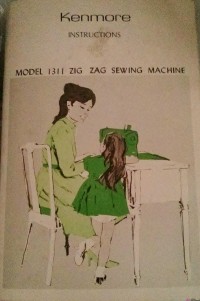
In thinking about my containers and the legacy that I might leave my own daughters, I looked around my own house. I have some vintage luggage that belonged to my mother and I believe she used it as a single woman before she met my dad. The lining is ripped, the outside stained, there are no wheels or spinners, it’s kind of heavy, and it’s small—I could never fit a week’s worth of clothes in there these days. But I cherish that little train and suitcase set and I will pass it down to my own daughters as a gesture to remember their foremothers and to honor themselves by living at least a little before marrying or whatever else they might do as they get older. I have my mom’s old sewing machine from the early 70s, and I still use it, especially now that I have to help with play and musical costumes for the girls. It and its container are big, heavy, and clunky to move around, but I enjoy knowing there’s a history in those needles and presser-feet that I can share with my girls. Along with the sewing machine, I have a sewing tote bag that contains all sorts of remnants from past projects—pin cushion, lace, velcro, pins, needles, thread. No buttons, but that’s not surprising since these days we don’t mend clothing—we just buy new. All those pretty buttons get discarded without a thought, and my daughters won’t have a button tin to shake, sort, and borrow from. But they do enjoy learning to sew, and they often ask for “the sewing bag” to stitch something up or make a quick doll outfit. I have amassed a good-sized collection of wooden jewelry and decorative boxes that sits on my dresser, each one with its own little story about who gave it to me and for what reason.
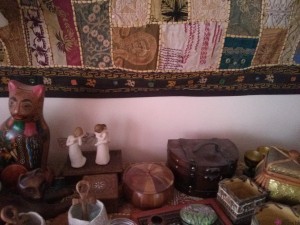
I’m not sure why I am nostalgic about containers—I guess that they’re a symbol for something more permanent, steadfast, and enduring that might in some ways be missing from my present life—some meaning-carrying token that binds us to others as a family, a group of people who share bloodlines, features and characteristics, and yes: containers of memories.

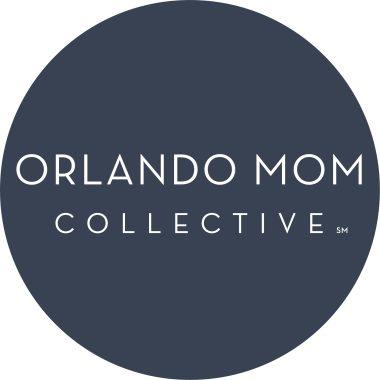





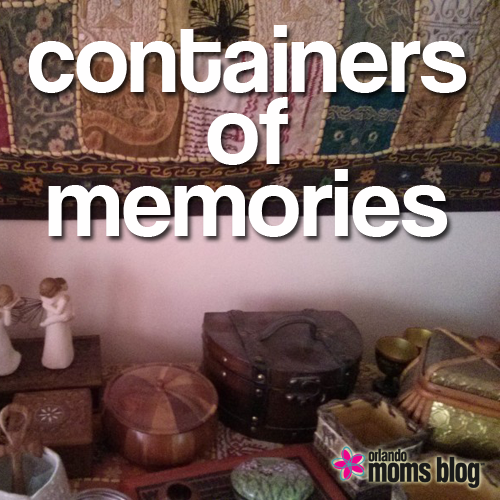



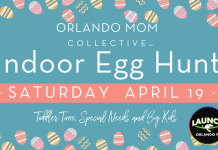










Containers of memories.. Hmmm.. This is something that really define us of who we really are. And I really love this, it’s still the things that you do for others that makes it your legacy.